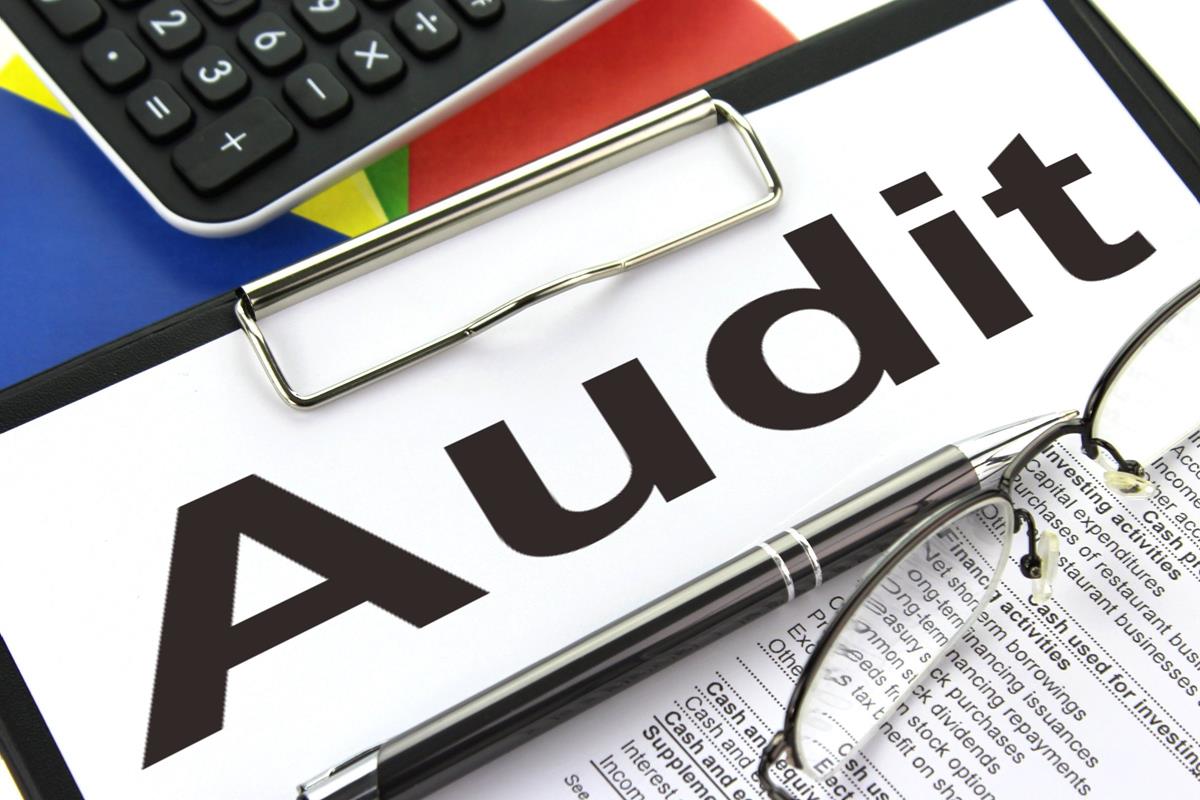Explain the significance of uncorrected misstatements
In the realm of financial reporting, accuracy and transparency are paramount. Investors, regulators, and other stakeholders rely on financial statements to make informed decisions. However, even with stringent accounting standards and audits, some inaccuracies—known as uncorrected misstatements—can remain in these documents. Understanding the significance of these misstatements is crucial for grasping the integrity and reliability of financial reporting.
What are Uncorrected Misstatements?
Uncorrected misstatements are inaccuracies or omissions in financial statements that were identified during the audit process but were not corrected before the statements were issued. These misstatements can arise from errors, oversight, or the complexities involved in applying accounting principles. They can involve amounts, disclosures, or other aspects of financial statements.
Why Do Uncorrected Misstatements Occur?
The reasons for leaving misstatements uncorrected vary. In some cases, the amounts are deemed immaterial—too small to influence the decision-making of a reasonable person using the statements. In other situations, the costs and effort required to correct the errors may not be justifiable. However, the decision to not correct these misstatements should be well-grounded, considering both quantitative and qualitative factors.
Impact on Financial Reporting
The existence of uncorrected misstatements can impact financial reporting in several ways:
Investor Confidence:
Frequent or significant uncorrected misstatements may erode investor confidence in the financial statements. Investors may perceive them as indicators of potential governance issues or a lack of attention to detail by management.
Audit Opinions:
Auditors must consider the aggregate effect of uncorrected misstatements on financial statements. If these misstatements are material collectively, it could lead to a modified audit opinion, which can affect the credibility of the financial statements.
Regulatory Compliance:
In regulatory environments with strict reporting requirements, such as the U.S. Securities and Exchange Commission (SEC), uncorrected misstatements could lead to compliance issues or penalties if they are not properly disclosed or if they are misleading.
The Role of Disclosure
Disclosure of uncorrected misstatements plays a critical role in maintaining the integrity of financial reporting. Accounting standards typically require that material uncorrected misstatements be disclosed in the financial statements, including a discussion of their nature and size. This transparency helps users of financial statements make informed decisions despite the presence of these inaccuracies.
Best Practices in Handling Uncorrected Misstatements
To mitigate the risks associated with uncorrected misstatements, organizations should adopt the following best practices:
Rigorous Internal Controls:
Implementing strong internal controls can help prevent and detect misstatements early in the accounting process.
Regular Audits:
Frequent and thorough audits can ensure that misstatements are identified and addressed promptly, minimizing the need to leave them uncorrected.
Transparent Disclosure:
When misstatements are not corrected, clear and comprehensive disclosure is essential to maintain trust and compliance with financial reporting standards.
Stakeholder Communication:
Effective communication with stakeholders regarding the nature of uncorrected misstatements and their impact on the financial statements is crucial for maintaining confidence and transparency.
In conclusion, while uncorrected misstatements in financial statements are not uncommon, their management and disclosure are vital to the integrity and reliability of financial reporting. By understanding their implications and adopting best practices, organizations can uphold high standards of financial transparency and accountability, which are fundamental to maintaining stakeholder trust and meeting regulatory requirements.
